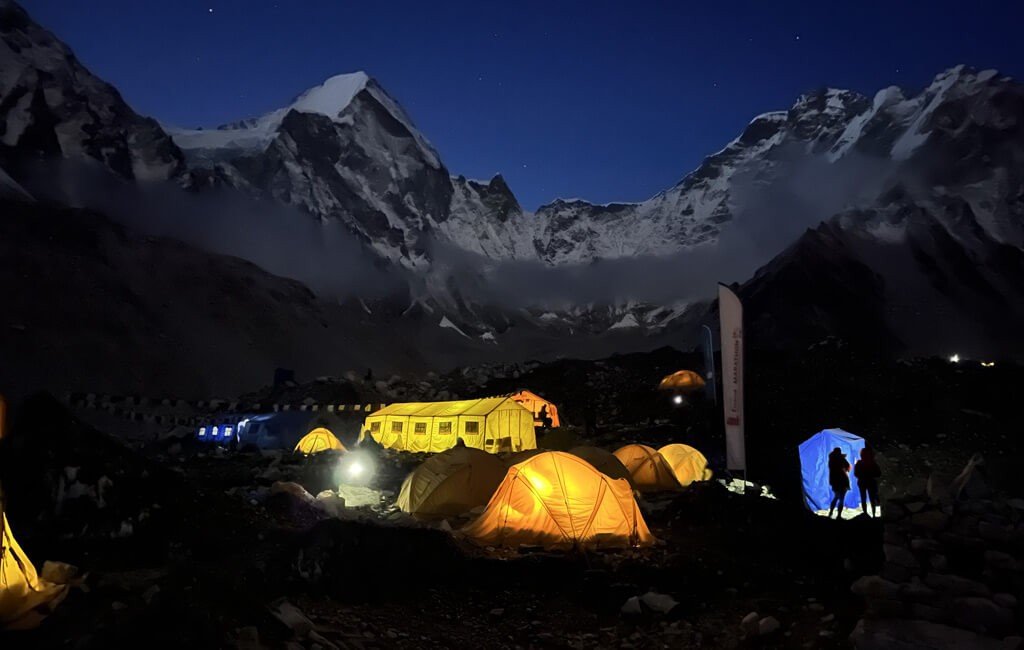The Nar Phu Valley Trek is an extraordinary 21-day journey that takes you deep into the secluded Himalayan valleys of Nar and Phu, nestled in the remote northern region of the Annapurna Conservation Area. Managed and organized by Best Trips Nepal, this trek is specially crafted for adventurers who want to go beyond the traditional routes and explore untouched landscapes, rich Tibetan-influenced culture, and hidden alpine beauty.
The trek begins with a scenic drive from Kathmandu to Jagat, passing through lush hills, terraced fields, and rural settlements. As the trail leaves the popular Annapurna Circuit route and turns north at Koto, the path leads into a dramatically less-traveled wilderness. Towering cliffs, ancient chortens, and deep canyons mark the entrance into the Nar and Phu Valleys, which were only opened to foreign trekkers in 2002. Here, trekkers get a rare glimpse into centuries-old Tibetan Buddhist traditions and lifestyles that remain preserved due to the region’s isolation.
Trekkers spend time exploring Phu village, home to ancient monasteries like Tashi Lhakhang Gompa, and Nar village, where terraced fields and stunning stone architecture reflect a way of life adapted to extreme altitudes and climates. These unique cultural experiences are enhanced by panoramic views of Himlung Himal, Kang Guru, and other snow-capped peaks.
A major challenge and highlight of the trek is crossing the Kang La Pass (5,320m), a high-altitude mountain pass that offers jaw-dropping views of the Annapurna range. After the pass, the route reconnects with the Annapurna Circuit at Ngawal and gradually descends through Manang and back toward the lowlands.
The Nar Phu Valley Trek is a remote and physically demanding route, requiring proper acclimatization and preparation. However, under the expert care of Best Trips Nepal, trekkers are provided with experienced guides, logistical support, and permits, ensuring a safe and deeply rewarding experience.
For trekkers seeking solitude, authentic cultural encounters, and high-altitude adventure, the Nar Phu Valley Trek stands as one of Nepal’s most enriching and unforgettable Himalayan experiences.
